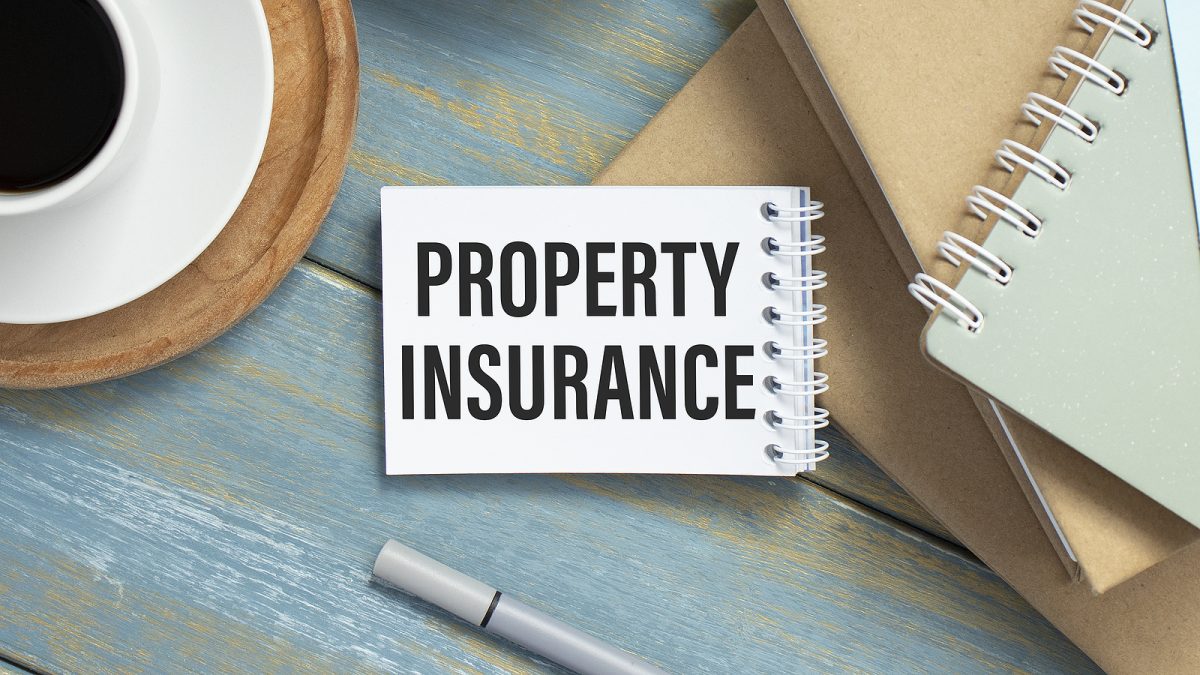The National Weather Service announced that the loud boom and shaking ground reported Saturday, January 1, 2022, by people across suburban Pittsburgh was probably caused by an exploding meteor.
Experts suggest that the meteor event happened while falling through the atmosphere. Exploding meteors, also called airbursts, are a kind of cosmic traffic accident when a larger piece of space rock collides with the Earth’s atmosphere and explodes.
Every year, the Earth is hit by about 6100 meteors large enough to reach the ground. That’s about 17 every day. The vast majority fall unnoticed, in uninhabited areas.
However, there are roughly 180 known impact craters (caused by meteors, asteroids and comets) worldwide and a third of them—including some of the biggest—are located in North America.
The earth is pelted with 40 tons of space debris a year. Most of that is in teeny dust particles. To do real damage, a meteor usually has to be bigger than a Volkswagen when it enters the atmosphere.
So what happens if your business or personal property is hit by a meteor, asteroid of comet?
Falling objects, including satellites, asteroids, meteors and space debris are covered by standard homeowners and business insurance policies. These policies would cover the damage that the falling object causes to your home or business. If your property, equipment or other objects are damaged, your policy should cover that too.
What about your personal or company car? If a meteor damages your vehicle, you will be covered under the optional comprehensive portion of an auto insurance policy. If space debris causes an auto accident, the liability portion of the policy would cover medical expenses or related lawsuits.
But what if a meteor hits one of your employees, at your place of business? Medical expenses would be paid for under health insurance. And in the very unlikely event of a death, a life insurance policy would ensure you’re covered.
The likelihood of getting hit (or killed) by a meteor is about 1 in 250,000. For context, the chances of you being struck by lightning is estimated at 1 in 135,000. The odds are in your favor.
Now you know.
Are your ready to review your policy or are you in need of new or additional coverage? Let our team go to work for you.


